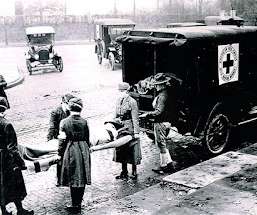Prolonged, wide-area electrical power failure
Emergency Planning
MARCH 29, 2023
lifts [elevators] blocked: people possibly trapped in them trains stranded: people possibly stranded in them traffic control inoperable: possibility of accidents and queues at road junctions critical facilities (hospitals, police stations, etc.)



















Let's personalize your content